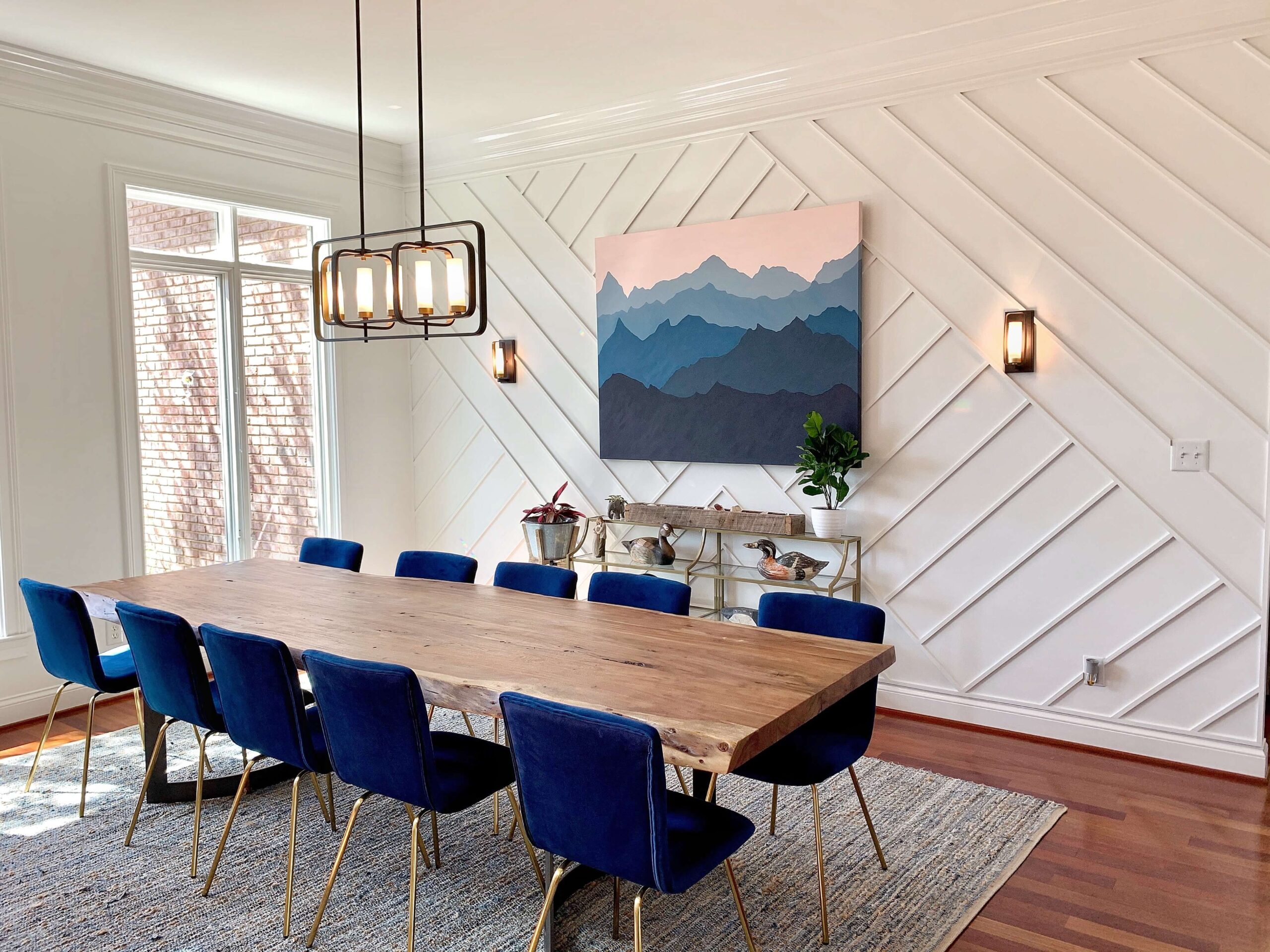How to Setup a Conference Room for Maximum Impact

When setting up a conference room, it’s easy to stick to the bare minimum – a table in an empty room with a few chairs, pens and notepads to tick the necessary boxes. However, this approach can appear uninviting to your colleagues or clients, and fail to make the great impression you are hoping for.
A personalised and planned conference space will generate more positive energy for those that use it and is likely to be much more functional for those longer meetings. To achieve maximum impact, it is important to consider the type of conferences you expect to have and the message you wish to convey with your space. It doesn’t need to be difficult or expensive – there are lots of simple ways to boost the appeal and usability of your conference space during your next commercial office fit out.
Furniture & Decor
First up, be sure to consider your office furniture and decor within your office interior design. Conference room furniture can set your business apart from others and make you more memorable, leaving a lasting impression on those visiting your office for meetings, as well as potential employees.
Comfortable and aesthetically pleasing furniture will improve employee wellbeing, encourage guests and employees to make use of the space and will help them to feel more positive during meetings.
Conference rooms don’t always need to be stereotypical with plain white walls and standard office furniture. They’re a great opportunity to showcase your brand identity and company culture.
If your office has multiple conference rooms then it can be an idea to have themes for each one with furniture to match. These themes can be subtle or more obvious, but it is a good way to be inspired for decor and be able to easily distinguish between multiple conference rooms.
Layout
Not having the right layout for your conference room can result in lower levels of participation. Due to this, it is important to take into account where attendees will sit and where any audiovisual equipment will be located. Several different layouts can be considered, each serving a different purpose.
– Theatre Style does not require tables and is rows of chairs facing the front of the room (much like a theatre). This style of seating works well for sessions that are not too long and where a large amount of notetaking is not required.
– Classroom Style; for this, chairs are laid out around tables in rows facing the front of the room. Unlike theatre-style seating, this is great for long sessions which require a lot of notetaking.
– Boardroom Style is the classic conference room seating with chairs gathered around a central table. This style of room works well for shorter agenda-focused meetings with no more than 25 people.
– U-Shape Style is a series of tables organised in a “U” shape with the chairs placed along the outside. This is a versatile layout as each group has a table for notetaking and it is great for facilitating conversation between the audience and the speaker.
– Hollow Square Style; for this, there are tables arranged in a square which gives space in the middle for the speaker to move between the tables.
If possible, it’s good to have space where you can switch between different layouts for different kinds of conferences. You may even find it more representative of your company to go for some less traditional layouts. Experiment to find out what is the most comfortable layout which encourages good levels of participation where required.
Equipment & Tools
Though picking out the visual aspects of your new conference room can be exciting, it is important that the room functions as it should. This means all the necessary equipment must be available and in working order. From ensuring that non-technological items like whiteboards, pens and flip charts work and are easily accessible, to having audiovisual conference equipment available and ready to turn on at the start of a conference.
If you have a large space then investing in microphones and projectors may be needed to make sure everyone is able to hear, see and participate. A way to make sure that all cables are kept tidy is also a good consideration, not just from a visual perspective, but also for organisation and health and safety.

Acoustics
Having a conference space that looks the part is great but the sound quality in the room must be good too, this is especially important if many conferences involve dialling people on phones or through video conferencing.
There are several ways you can ensure your conference room has adequate acoustics. One way is to make sure that your conference room has as many soft surfaces as possible. Having carpets, a rug, soft chairs or a sofa, can reduce reverberation that can interfere with the audio. Extra decorations like office plants and throws can also control echo and improve conversation quality.
Specific sound-dampening panels can also be invested in for the walls of your conference room. These panels are easy to fit over current walls and can even be branded or personalised to fit your space.
A conference room does not have to be dull and corporate. There are simple and functional ways that can make these rooms an extension of your company culture, therefore leaving a lasting impression on those who utilise them.
At McFeggan Brown, we are experts in office fit out and design services an can work with you to create a conference room that helps you reach your business goals and inspires your employees. Whether you’re relocating to new offices or would like to refresh your current working space, we are experts in professional office design. Get in touch and book a consultation today.